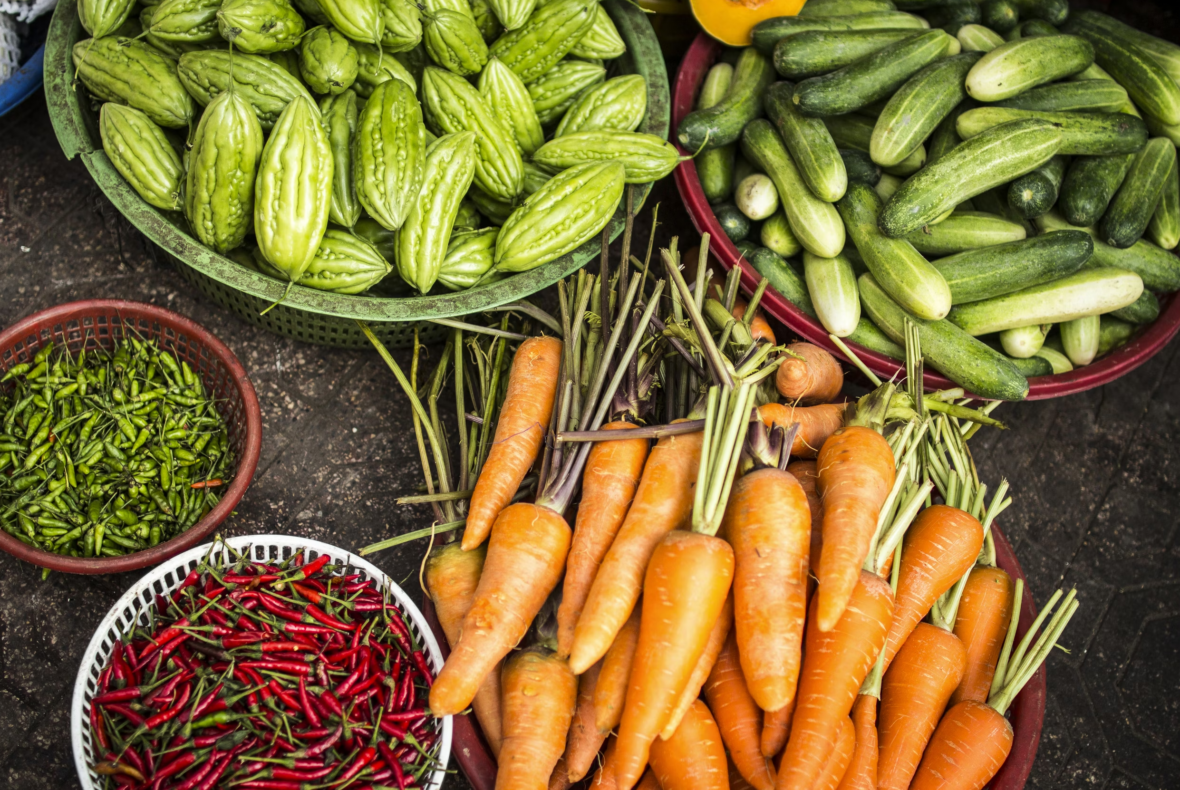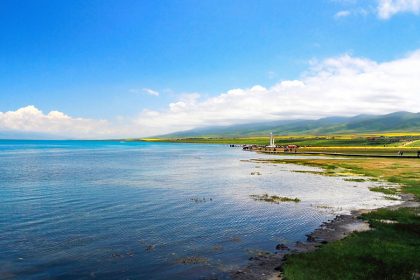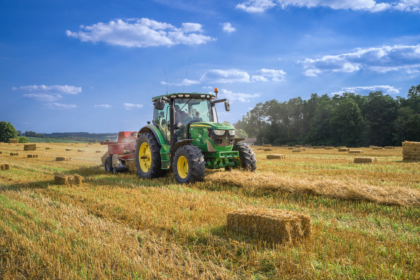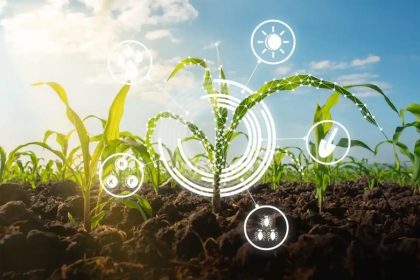Hi readers!
This blog is being written to answer the question (hidden in the title) of one of my very respectable friends. Here is part 1.
US President Eisenhower while addressing at Bradley University, Peoria, Illinois, on 25 September 1956 said,
“Farming looks mighty easy when your plow is a pencil, and you’re a thousand miles away from the corn field”
But it is not easy
Dear readers! I am not sure it you have heard about
Conventional agriculture,
Industrial agriculture
E-agriculture,
M-agriculture,
Precision agriculture,
Smart agriculture,
Digital agriculture, and
Deseret Agriculture
All these types are important, have historical perspective and gives readers the choice to select what suits him or her?
You all know what Agriculture is? but the type of agriculture being practiced in Pakistan (and in some other developing countries since ages has now become obsolete for many reasons. What is now being practiced in the worlds are types mentioned above. However, many of you may not know how these types are created and why? and what difference does these terms make with what significance? This is a different perspective therefore, the
purpose of this blogs is to clarify some perceptional difficulties that will make choice of agricultural practices selective, easy, and affordable depending upon the specific situation(s).
Conventional agriculture is cultivating plants and rearing animals that remained an important developmental component of human civilization in which farming of domesticated species of both plants and animal created food surpluses that enabled people to live in the cities. This practice began thousands of years ago with collection of wild grains beginning around 105000, planting grains around 11500, and domestication of pig, sheep, and cattle nearly 10000 years ago and remained in practice independently in 11 regions of the world.
But conventional agriculture is not sustainable because it hides within its domain, immense diversity that can be used in alternative agricultural practices (conservation, no till and organic agriculture) can be tested. This ignited the debate to focus on approaches that can contribute to sustainability of agriculture and the term “Industrial agriculture” came into existing
Industrial agriculture means large scale
monoculture coupled with heavy inputs of chemical fertilizers, insecticides, pesticides, and irrigation water to grow food, fiber, fuel, and raw material that employed over one third of world’s work force in agriculture. The practice was introduced in the 20th century when 2 billion families were still dependent on subsistence farming.
Industrial Agriculture was also used as a dialog that was inherently social and complex to individuals who feel difficulty in explaining it in words and actions (this is the dilemma that we are also facing. We want to do things which we are unable to explain). It is precisely for this reason that industrial agriculture carried with it a tacit assumption of being distinctively unsustainable because it is i. environmentally destructive (being input intensive), ii. highly mechanized (large scale use of machinery comprising tractors and other fuel-based field instruments) and is dominated by corporate interests (of large AgriTech companies who’s language is difficult to understand).
Since all three are unhealthy and damaging for rural communities and subsistence farmers hence, it was decided to make concerted efforts to reduce massive application of chemical inputs and heavy irrigation from destroying soil properties and degrading the environment and:
putting alarmingly heavy burden on irrigation water: scarcity of which was already compounding due to continuously changing climatic conditions (in Pakistan, it is compounding due to dirty political interests).
Knowledge intensive agriculture then came into existence with the emphasis on having access to timely and accurate information tailored for specific locations and conditions which can help farmers make timely and situation specific decisions (an area where till to date, we are badly lagging.
Information and Communication Technologies (ICT) became the trend to provide access to the latest and most useful agricultural technology and information to farmers. ICT in e-agriculture, therefore, is all about designing, developing, and applying innovative ways especially in the rural agriculture.
E-Agriculture is a global practice that facilitates dialogue, information exchange and sharing of ideas and resources related to the use of ICTs for sustainable agriculture and rural development or dissemination of related information through on and offline broadcasting to the farmers and to trade their produce. The Internet is being used as media for the flow of information (where we stand in this area is known to everyone).
Currently, E agriculture (invented in 2000) is being used as a tool to manage knowledge workers, provides access to other community members, share experiences, follow news and blogs published on e-Agriculture platforms, share good practices in the use of ICTs and learn about new and upcoming digital trends.
Farmers in Pakistan are unknowingly using ICT technology without being aware of it. Most of them know it as “online extension services” while some are being (mis)used as unspoken user for the technology (Fakery is everywhere) .
Nevertheless, e-Agriculture is also no problem free as rural digital divide in livelihood exists throughout the world for ICT activities and related initiatives that goes beyond technology.
It is a multifaceted problem of ineffective knowledge exchange and management of information content, that lacks skilled human resources, institutional capacity, sensitivity to gender and mundane response to the diverse needs of different groups.
AFO proposed a way forward which is leveraging the m-services (Mobile agriculture services) that already exists which farmers groups can use through word of mouth for improving awareness. (This is being practiced by some in Pakistan).
Mobile Agriculture (m-Agri) is thus, a subset of e-agriculture that came into existence with the introduction of mobile technology and portable wireless devices that are helping the farmers creating innovative services and applications used within the agriculture value chain in both developed and developing countries including Pakistan. In developed markets, where mechanization is advanced and the agricultural labour force is significantly smaller, mobile agriculture applications tend to be implemented up to the value chain whereas in developing countries where a large proportion of the workforce is employed in agriculture, mobile technology is more commonly used to deliver services for producers and traders.
Categories that have a role in m-Agri industry includes:
- Prices,
- Market intelligence information: an applications that use mobile technology to deliver or retrieve market information,
- Weather information,
- Learning from one another instead of collaborative learning ,
- Data collection,
- Financial services such as payments, loans, insurance,
- Learning advisory or extension services: an applications that use mobile technology to deliver or retrieve agricultural/agronomy information and advice.
Types iv-viii are being used by some in Pakistan
Geospatial application (a computer data system capable of capturing, storing, analyzing, and displaying geographically referenced or geospatial information including information attached to a location, such as latitude and longitude, or street location) that enabled data and information related to geography and space to be managed, processed, and visualized and are useful of land and water use planning, natural resources utilization, agricultural input supply and commodity marketing, poverty, and hunger mapping, etc. (Pakistan is using these information on job sharing basis).
Adoption of Geospatial information is extremely important for Pakistan especially when politically motivated people do not provide or give access to correct information vital for agricultural activities.
Dear readers, that’s all for Part 1. Part 2 will have some more information regarding types of agriculture and that will enable interested people to select what they are looking for.
See you next week. Take care, Bye.





